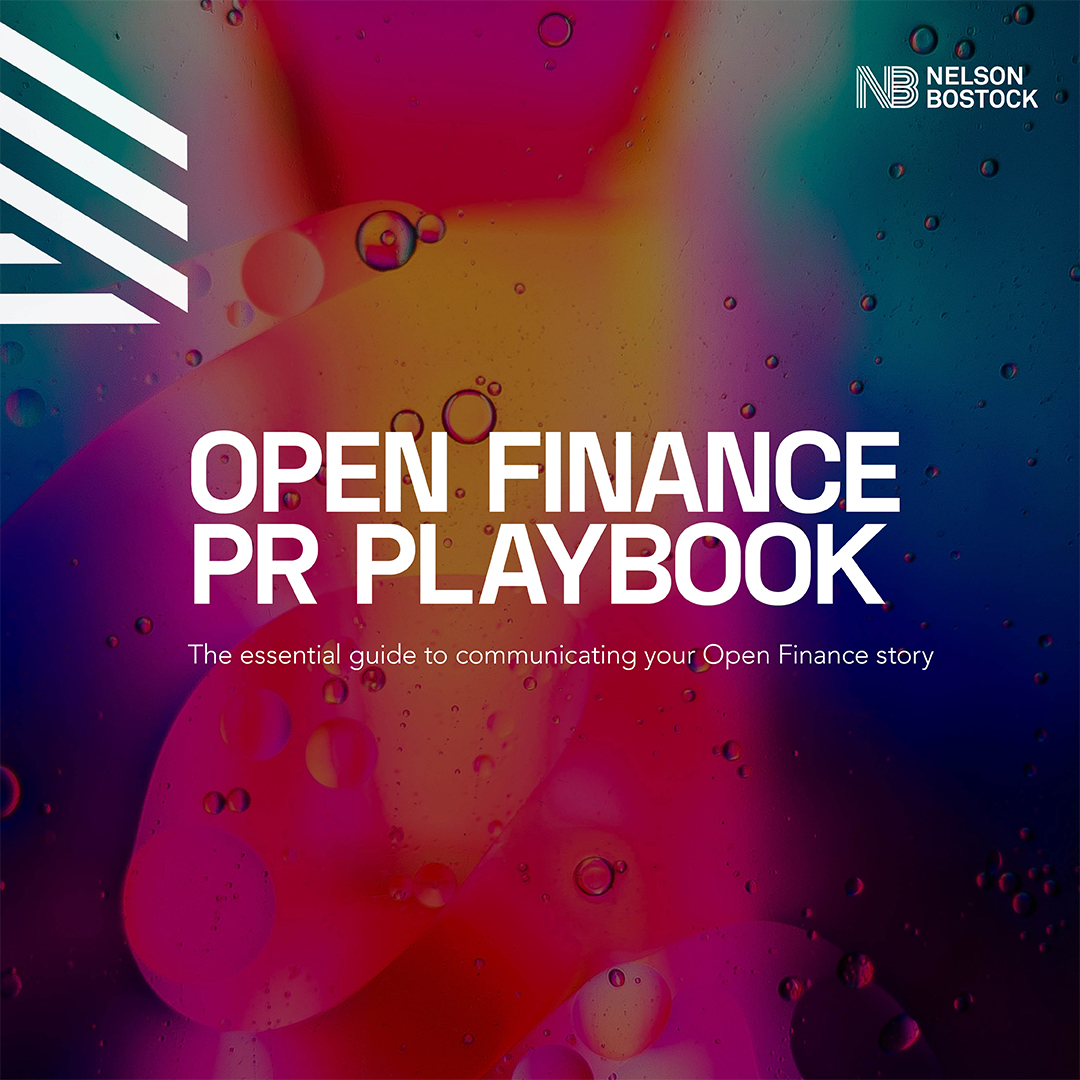Clubhouse is the latest breakout social app, and in case you haven’t heard, it’s a little different: audio-only, real-time, and already drawing some of the biggest names in tech. Naturally, we’ve all been eyeing (and ear-ing) it eagerly.
Here’s what you need to know…
What is Clubhouse?
The description on the App Store reads: “Clubhouse is a space for casual, drop-in audio conversations — with friends and other interesting people around the world. Go online anytime to chat with the people you follow, or hop in as a listener and hear what others are talking about.”
Let’s pick that apart a bit. First up, Clubhouse is audio only – so you’re mostly on it to listen in to conversations others are having. Most have likened it to a blend of podcasts and speaker panels at a live event like MWC or IFA (or Comic Con if you prefer). The big difference to podcasts is that the conversations are all live, and once they’ve ended they aren’t recorded and kept (although that hasn’t stopped people making the odd sneaky recording and uploading it to YouTube).
What’s Clubhouse used for?
A whole host of things. If you have heard of it already it may well be because Elon Musk hosted a chat with Vlad Tenev, the CEO of financial services company Robinhood – which caught the media’s attention.
But it’s not just big-deal CEOs debating cheeky Reddit users and their impacts on the stock market. Anyone on Clubhouse can start their own Room on the app and invite people to be part of the discussion, either as active speakers, or as listeners. Users have so far discussed TV shows and sports, joined sing-a-longs (watch out TikTok), run support groups, hosted game shows and much more besides. The guys behind Clubhouse also say there are daily talk shows, lectures and comedy spots (comedy does seem to be a recurring theme in these early days).
Pretty much anything you can think to chat about can be chatted about on Clubhouse.
How’s Clubhouse doing?
Ups and downs. It was launched in March 2020 by Paul Davidson and Rohan Seth, two Silicon Valley entrepreneurs. The Elon effect, as well as a steady build-up of users, has seen it grow to two million registered users as of February 2021 – which came with a not atypical eye-watering valuation of $1 billion.
Some are already sceptical of its longevity. Installs dropped by 73% between February and March, according to SensorTower, which may be partially due to the allure of Twitter and Facebook’s Clubhouse rivals (more on both below).
But on the other hand, its latest funding round in April valued Clubhouse at $4 billion – $3bn growth in three months – so perhaps the install figures don’t tell the full story.
Who’s on Clubhouse?
Among those two million users are a host of high-profile industry leaders and celebrities. As well as Elon you’ll find the likes of Oprah, Jared Leto and Zendaya – a list which has likely grown since time of writing.
Can I get on Clubhouse?
Yes and no. It’s still iOS only for now, so no dice for Android users – although the makers have said they’d “begin work on our Android app” back in January 2021.
As mentioned, it’s invite-only – and everyone who signs up gets just two invitations to share. It’s a way of keeping growth and user acquisition steady, and quality of content high. The plan is to eventually “open up Clubhouse to the whole world” according to the creators – just not until it has established an engaged user base.
But if you have an iPhone and generous friend with an invite, you’re already in.
Say I get an invite. How does it work?
It’s all very straightforward. You sign up and create a profile with the usual bits you’d expect – bio, pic, and a counter of followers / following.
When you sign up, Clubhouse will ask you what you like and you can pick from a range of interests – tech, books, business, health, and so on. From there, the app will recommend Rooms it thinks you’ll be interested in. Or you can browse and search for them yourself in a calendar of scheduled talks from existing users. You can also share the upcoming talks on other social platforms, and hit a handy YouTube-style bell button to get notified when they start.
Once a talk starts you can join the Room and you’ll be in the audience section (unless you started the Room – more on that below). From there you can listen in happily enough or, if you feel brave, you can ask a question by virtually raising a hand. If the speakers like your question (they can view and approve it first), they can move you to the speaker section of the room. Then you’re on – you get to ask the question through your phone’s mic. It does mean you could end up speaking to up to 5,000 people (each Room’s limit) – but, arguably, that’s still less pressure than asking a panel question at a live event.
How do I start a Room?
Easily enough. You can start a Room anytime you like and schedule a talk, and invite people to listen in or be fellow speakers. There are three types:
- Open: as you’d expect, anyone can join
- Social: just for you and those who you follow
- Closed: for people you invite specifically to that room
That’s literally it. Once set up and started, you’re free to host your own talk on anything you’d like. When you’re done, the Room closes. And you’re done.
So what’s the opportunity for brands?
It’s early days yet. As it stands there’s no clear creator or influencer structure and presence on Clubhouse, though that will come as the platform becomes more open and accessible.
The level of interest means brands and marketers should be keeping an eye on how Clubhouse evolves. The volume of hype, numbers of affluent and influential users and investments floating around the platform mean it’s one to watch.
Right now, brands and thought-leaders could host their own talks on any topic of their choosing – a camera brand could host a masterclass on photography, or an entertainment brand could create its own post-show discussion room. And the way Clubhouse works means they can speak directly to their audience in an even more personal and engaging way than has been possible on social so far.
Working with Stripe, Clubhouse has recently introduced new features specifically designed to let creators monetise their presence on the app – including tipping, tickets and subscriptions. These are the kinds of features you’ll find on Facebook, YouTube, and through the likes of Patreon – indicating that Clubhouse definitely sees a future in creator-led content.
What’s the alternative?
Naturally, Facebook and Twitter are keen to get in on the action, and are creating their own versions of Clubhouse for their users. Facebook has several audio features in the works, including Live Audio Rooms, which appears to have more or less the same functionality as Clubhouse, and Soundbites, where you can create and share audio clips (so TikTok with no video? We shall see).
Meanwhile, Twitter’s Spaces is already gaining great traction, and is rapidly emerging as a favourite thanks to the scale of its user base and device-agnostic approach. Spotify has acquired Betty Labs, the business behind live sports audio app Locker Room, and LinkedIn has chucked its hat into the ring. So even if Clubhouse doesn’t hit the mainstream, the functionality is set to emerge on other platforms.
In any case, there’s a movement afoot here. It’s a good time to start thinking about how your brand could contribute to a real-time, live audio chatroom, and join the club while it’s still the place to be.
Look out for Recharged edition 2 coming soon to find out more about Clubhouse, as well as the opportunity for brands.











